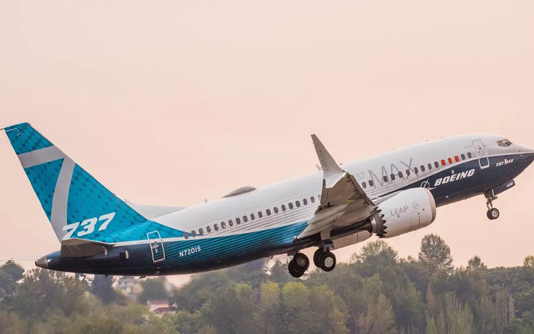WASHINGTON, Feb 25, 2021 (BSS/AFP) – The US Federal Aviation Administration
must improve inspections of new aircrafts, a government body concluded in a
report published Wednesday examining procedures around the Boeing 737 MAX
after two fatal accidents.
The 60-page report, from the inspector general of the US Department
Transportation, found that “weaknesses” in the MAX’s certification process
affected testing of the aircraft model, which was authorized to fly in 2017.
“We identified limitations in FAA’s guidance and processes that impacted
certification and led to a significant misunderstanding of the Maneuvering
Characteristics Augmentation System (MCAS), the flight control software
identified as contributing to the two accidents,” the report said.
According to the findings, the FAA “did not have a complete understanding
of Boeing’s safety assessments performed on MCAS until after the first
accident,” in which a Lion Air flight crashed in off Indonesia October 2018
killing 189.
An Ethiopian Airlines flight also went down just five months later,
killing 157.
The report was published only days after the aerospace giant faced more
trouble when a Pratt & Whitney engine on a 777 aircraft failed spectacularly,
raining debris down on neighborhoods in Denver, Colorado.
Eyebrows were raised when the FAA revealed they had already considered
imposing stricter inspections on the engines after an incident on a Japan
Airlines flight last year.
The Department of Transportation offered 14 recommendations in the 737 MAX
report for the FAA to identify potential risks in time.
The recommendations include a call for the FAA to require analyses of
“failure probability” and to “implement processes for manufacturers to
officially notify FAA certification engineers of any changes made to System
Safety Assessments, including after FAA flight testing has begun.”
A statement from the FAA was included in the report, indicating the
regulator agreed with its conclusions.
The agency has already taken steps to “ensure a more holistic assessment
of aircraft design change,” the FAA said.



